Coal, climate, cryosphere
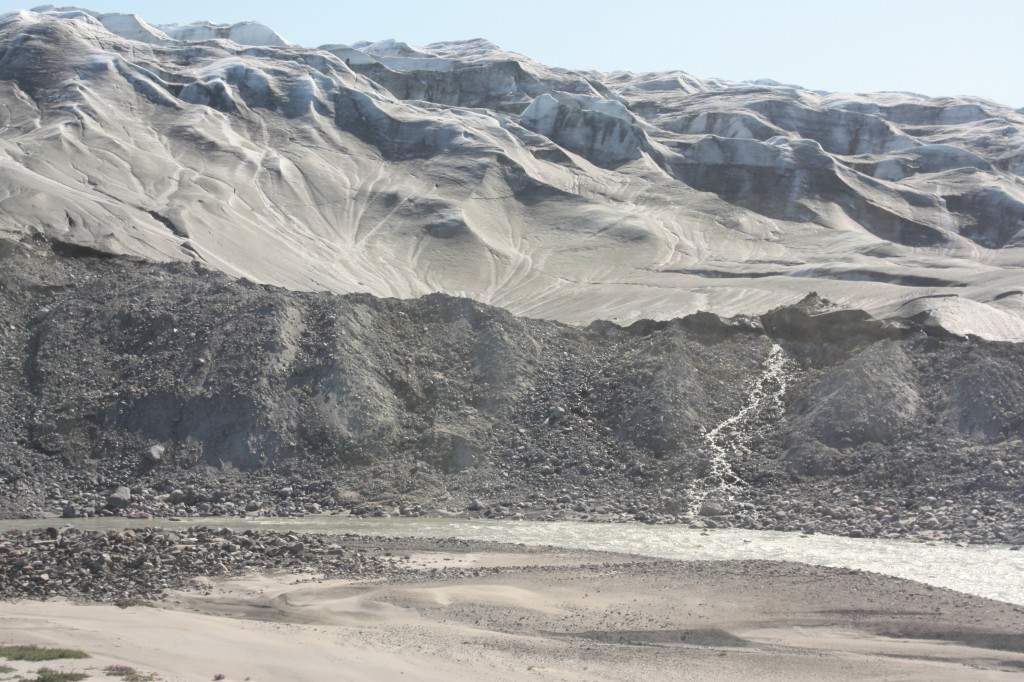
The Greenland ice sheet is melting faster. Scientists also report a decreasing albedo with snow becoming darker. (Pic: I.Quaile)
Fossil fuel power plants are still on the increase – committed carbon emissions are rising fast. At first glance you might respond to that with “so what’s new”? Well, a study is new, which indicates that in spite of all the political rhetoric in a lot of places about switching to renewable energies and moving away from fossil fuels, we are building more fossil fuel power plants than ever before. Unsurprisingly, that is leading to an increase of carbon dioxide emissions, which is bad news for plans to keep global temperature rise below 2°Celsius. It is extremely bad news for those of concerned about the cryosphere and the increasing melt rates of Greenland and parts of Antarctica. The main problem, the authors tell us, is that we have already committed to huge emissions by investing in polluting technologies.
Steven Davis of the University of California, Irvine and Robert Socolow of Princeton University in the US, report in the journal Environmental Research Letters that existing power plants will emit 300 billion tons of additional carbon dioxide into the atmosphere during their lifetimes. In this century alone, emissions from these plants have grown by 4% per year.
The two scientists have already reported on the increasing costs of delay in phasing out fossil fuel sources of energy, notes Tim Radford of the Climate News Network. Thanks again to you people for drawing attention to the study. Their latest research looks at the steady future accumulation of carbon dioxide in the atmosphere from power stations.
“Despite international efforts to reduce CO2 emissions, total remaining commitments in the global power sector have not declined in a single year since 1950 and are in fact growing rapidly,” the report states.
Massive emissions already committed
Governments worldwide have in principle accepted that greenhouse gas emissions should be reduced and average global warming limited to a rise of 2°C.
At the current pace though, scientists have warned that the world is on track for at least 4° Celsius by the end of the century. That could mean drastic rises in sea levels and catastrophic drought in some areas of the world.
“We are flying a plane that is missing a crucial dial on the instrument panel,” said Socolow. The needed dial would report committed emissions. Right now, as far as emissions are concerned, the only dial on our panel tells us about current emissions, not the emissions that capital investment will bring about in future years.”
In the latest study, scientists asked: once a power station is built, how much carbon dioxide will it emit, and for how long? They assumed a functioning lifetime of 40 years for a fossil fuel plant and then tallied the results.
The fossil fuel-burning stations built worldwide in 2012 alone will produce 19 billion tons of carbon dioxide over their lifetimes. The entire world production of the greenhouse gas from all of the world’s working fossil fuel power stations in 2012 was 14 billion tons.
“Far from solving the problem of climate change, we’re investing heavily in technologies that make the problem worse,” the experts stress.
The US and Europe between them account for 20% of committed emissions, but these commitments have been declining in recent years. Facilities in China and India account for 42% and 8% respectively of all committed future emissions, and these are rapidly growing in number. Two-thirds of emissions are from coal-burning stations ad the share from gas-fired stations had risen to 27% by 2012.
Fossil fuel wind-down not fast enough
Davis says more fossil fuel-burning facilities have to be retired than new ones built. “But worldwide we’ve built more coal-burning power plants in the past decade than in any previous decade, and closures of old plants aren’t keeping pace with this expansion”, he added.
According to Socolow, a high-carbon future is being locked in by the world’s capital investments: “current conventions for reporting data and presenting scenarios for future action need to give greater prominence to these investments,” he said.
The current draft of a summary report to the International Panel on Climate Change (IPCC) due to be released in November and viewed by the Times this week, warns of “severe, pervasive and irreversible impacts” unless carbon emissions are brought under control. The IPCC stresses that human-induced climate change will lead to the devastation of homes and property, a scarcity of food and water and human mass migration, as sea levels rise through warming temperatures and – alas – melting ice.
Polar melt confirmed from space
I am disappointed that there was so little mainstream media coverage (please correct me if I am wrong) of a report from a team of scientists from Germany’s Alfred Wegener Institute (AWI) in Bremerhaven who have analysed just over two years of data from the CryoSat-2 satellite. Their conclusion that the Greenland ice sheet and Antarctica’s glaciers are melting at record pace, dumping some 500 cubic kilometers of ice into the oceans every year, twice as much in the case of Greenland and three times as much in the case of Antarctica, by comparison with 2009 – yes, you read right, we are talking about a very short period for such a dramatic increase in ice loss – should have made more news headlines and not just the science pages.
To understand the scale of that, the researchers say it would be the equivalent of an ice sheet that’s 600 meters thick and covers an area as big as the German city of Hamburg – or, my colleagues here at DW calculate, as big as Singapore.
The research team headed by Veit Helm used around two years’ worth of data from the ESA CryoSat-2 satellite to create digital elevation models of Greenland and Antarctica. The results were published in the online magazine of the European Geoscience Union (EGU) The Cryosphere.
“The new elevation maps are snapshots of the current state of the ice sheets,” Helm says. “The elevations are very accurate, to just a few meters in height, and cover close to 16 million square kilometers of the area of the ice sheets.” He says this includes an additional 500,000 square kilometers that weren’t covered in previous elevation models from altimetry.
Space technology shows declining ice mass
Helm and his team analyzed all data from the CryoSat-2 radar altimeter SIRAL in order to come up with the detailed maps. The satellite with this new radar equipment was launched in 2010. Satellite altimeters measure the height of an ice sheet by sending radar or laser pulses which are then reflected by the surface of the glaciers or surrounding areas of water and recorded by the satellite.
The researchers used other satellite data as well to document how elevation has changed between 2011 and 2014.
Rapid ice loss over a short period of time
The team used more than 200 million SIRAL data points for Antarctica and some 14 million data points for Greenland to create the elevation maps. The results show that Greenland alone is losing around 375 cubic kilometers of ice per year.
Compared to data which was collected in 2009, the loss of mass from the Greenland ice sheet has doubled. The rate of ice discharge from the West Antarctic ice sheet tripled during the same period.
I think this is definitely worth talking about. We know the huge implications of polar ice melt for global sea levels. Other research from this year also tells us that, at least in the case of parts of Antarctica, the ice melt is probably irreversible.
We cannot afford to ignore what is happening to the ice sheets. The extent of ice loss in Greenland is particularly dramatic. I am losing patience with those people who respond to studies like this and our reporting on it by saying “but the East Antarctic is gaining volume” and “the Antarctic sea ice has grown”. It is so easy to take things out of context and mix different factors up when trying to understand a very complex system.
I will give the last word here to AWI glaciologist Angelika Humbert, who co-authored the study: “If you combine the two ice sheets (Greenland and Antarctic), they are thinning at a rate of 500 cubic kilometers per year. That is the highest rate observed since altimetry satellite records began about 20 years ago.” It seems to me there is no arguing with that.
Related stories:
Antarctic melt could raise sea levels faster
West Antarctic ice sheet collapse unstoppable
Climate change risk to icy East Antarctica
Antarctic Glacier’s retreat unstoppable
Human action speeds glacial melting
It might sound like stating the obvious, but in fact it is not easy to find clear evidence that human behavior is behind the retreat of glaciers being monitored in different parts of the world. Hence my interest in a study just published in the journal Science.
The main problem is that it usually takes decades or even centuries for glaciers to adjust to climate change, says climate researcher Ben Marzeion from the Institute of Meteorology and Geophysics of the University of Innsbruck. He and his team of researchers have just published the results of a study for which they simulated glacier changes during the period from 1851 to 2010 in a model of glacier evolution. They used the recently established “Randolph Glacier Inventory” (RGI) of almost all glaciers worldwide to run the model, which included all glaciers outside Antarctica.
“Melting glaciers are an icon of anthropogenic climate change”, the authors say. However, they stress that the present-day glacier retreat is a mixed response to past and current natural climate variability and “current anthropogenic forcing”. Their modeling shows though that whereas only 25% of global glacier mass loss between 1851 and 2010 can be attributed to human-related causes, the fraction increases to around 69% looking at the period between 1991 and 2010. So human contribution to glacier mass loss is on the increase, the experts write.
Marzeion says the global retreat of glaciers observed today started around the middle of the 19th century at the end of the Little Ice Age, responding both to naturally caused climate change of past centuries (like solar variability), and to human-induced changes. Until now, the real extent of human contribution was unclear. The authors say their latest piece of work provides clear evidence of the human contribution.
Once more I am happy to refer to the Climate News Network, in this case to Tim Radford, for an easy-to-read summary of the main research results and the background. There is no doubt that glaciers are losing mass, retreating uphill and melting at a faster rate, says Radford. He refers to some Andes glaciers and the the Jakobshavn glacier in Greenland, or Sermeq Kujualleq as I prefer to call it, using the indigenous name. Ice Blog followers may remember my own trip to Greenland and that particular glacier. I have also written on the speeding of the melt there on the Ice Blog and on the DW website.
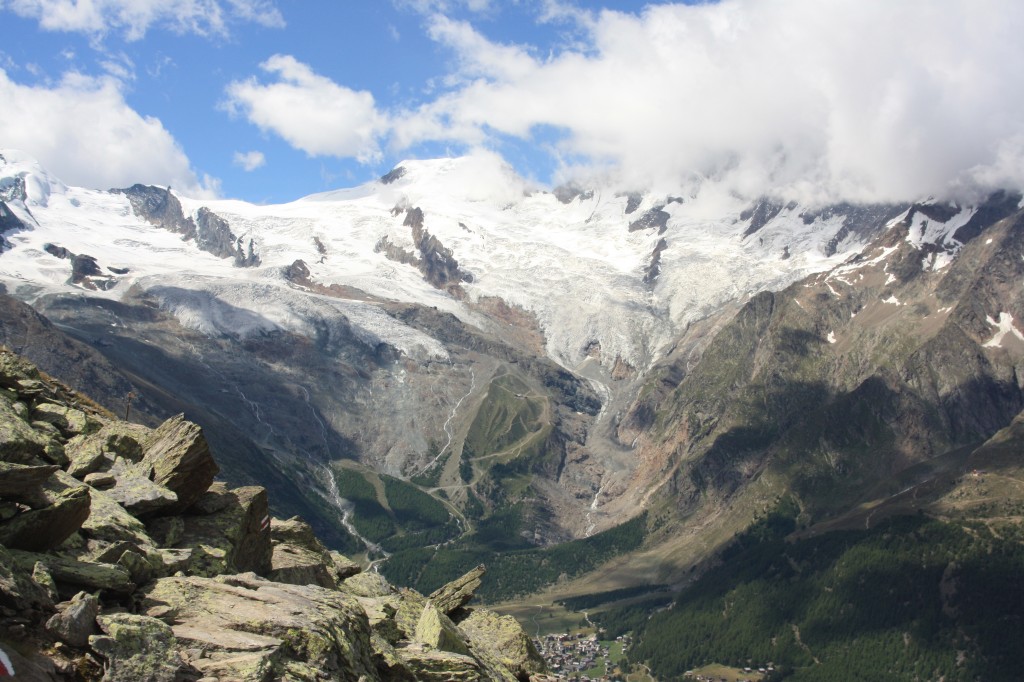
Alpine glacier like these in Saas-Fee, Switzerland, have declined dramatically in recent decades. (I.Quaile)
Radford also refers to ascertaining the melting of alpine glaciers by comparing historic paintings and other documentation with the current ice mass. That decline is something I have observed at first hand in Valais in Switzerland during regular visits over the past 30 years. Look out for a comparative photo gallery of my own pics, when I get time to put it together. Since most of the shots are from the pre-digital era, that will be a time-consuming task.
I also remember a trip to the Visitor Centre of the Begich Boggs glacier in Alaska in 2008. The glacier has already retreated so far you can’t see it at all from the Centre built specially for the purpose of viewing it.
The question until now was how much of all this was caused by natural developments and how much to changes in land use and the emission of greenhouse gases? The latest study supported, among others, by the Austrian Science Fund (FWF) and the research area Scientific Computing at the University of Innsbruck, has come up with some answers. Since the climate researchers were able to include different factors contributing to climate change in their model, they can differentiate between natural and anthropogenic influences on glacier mass loss
“While we keep factors such as solar variability and volcanic eruptions unchanged, we are able to modify land use changes and greenhouse gas emissions in our models,” says Ben Marzeion, who sums up the study: “In our data we find unambiguous evidence of anthropogenic contribution to glacier mass loss.”
As always, there is still need for further research – and a lot more monitoring. The scientists say the current observation data is insufficient in general to derive any clear results for specific regions, even though anthropogenic influence is detectable in a few regions such as North America and the Alps, where glaciers changes are particularly well documented.
With global glacier retreat contributing to rising sea-levels, changing seasonal water availability and increasing geo-hazards, the study’s conclusions should help put a little more pressure on the world’s decision-makers to get serious about emissions reductions.
Arctic methane: time bomb or “boogeyman”?
When the Ice Blog was launched in 2008, one of the first posts from a trip to Alaska entitled “Ice-Capades and Alaska baking with methane?” included a visit to frozen-over “Eight-mile Lake” in the Denali national park, where scientists Katey Walter and Laura Brosius were measuring methane emissions from melting ice and permafrost. The young “climate ambassadors” I was travelling with helped her to set up “umbrella traps” and capture bubbles of methane coming to the surface. The “proof of the pudding” was setting a match to the gas and watching it catch light. An interesting experiment. But the subject has huge wide-ranging implications. Methane is also a greenhouse gas 25 times more powerful than CO2. Walter and others have since recorded numerous methane seeps in Alaska and Greenland. As global temperatures increase, the permafrost thaws, potentially releasing the gas stored both in the permafrost on land and in the form of methane hydrates under water.
Since that Alaskan trip, methane has beconme an increasingly “hot topic”, with more research being conducted and data collected. The reservoir of methane stored under the Arctic ice and permafrost is huge. And there is increasing scientific evidence that with the world warming, this reservoir is not going to stay there for ever. The concentration of atmospheric methane has increased dramatically in the last 200 years – especially in the Arctic. In 2008, scientists came up with a scenario where up to 50 gigatonnes of methane could be released abruptly from the East Siberia Arctic Shelf (ESAS) because of the melting of permafrost which had hitherto kept it safely sealed in.
Fountains of methane
In 2011, a joint US-Russian expedition surveying the seabed of the East Siberian Arctic Shelf off northern Russia was surprised to observe fountains of methane rising to the sea surface from beneath the seabed. At that time, scientists expressed concern that with the melting of Arctic sea ice and permafrost, the huge methane stores might be released over a relatively short period of time.
The SWERUS-C3 expedition headed by Örjan Gustafsson from Stockholm University is currently underway in the Laptev Sea, where they have discovered “vast methane plumes escaping from the seafloor of the Laptev continental slope”. Gustavsson writes in his blog that he was surprised by this. He speculates that it could have its origins in collapsing “methane hydrates”, clusters of methane trapped in frozen water due to high pressure and low temperatures.
“While there has been much speculation about the vulnerability of regular marine hydrates along the continental slopes of the Arctic rim, very few actual observations of methane releases due to collapsing marine hydrates on the Arctic slope have been made”, Gustafsson writes. He thinks a “tongue” of relatively warm Atlantic water, presumably intruding across the Arctic Ocean at 200-600 meters depth could have something to do with the methane seeps. Some evidence shows this water mass has recently become warmer.
“As this warm Atlantic water, the last remnants of the Gulf stream, propagates eastward along the upper slope of the East Siberian margin, it may lead to the destabilization of methane hydrates on the upper portion of the slope”, Gustafsson writes.
Costly bubbles
In 2013, a paper published in the journal Nature put a price tag on the possibility of the Arctic’s methane being released. The experts suggest it could trigger costs of 60 trillion US dollars. Normally, as soon as money is involved, public interest tends to rise. The report should really have brought the subject of “Arctic methane hydrates” out of the science corner onto the economic and political agenda. Which is, of course, where it has to be, if there is any chance of limiting the Arctic thaw by halting global warming.
There are scientists who insist that such a scenario is not likely. Let me refer you here to a detailed analysis of the scientific literature on the subject published by Nafeez Ahmed, executive director of the Institute for Policy Research & Development, in EarthInsight hosted by the Guardian, in 2013. He points out that none of the scientists who reject the plausibility of the scenario are experts in the Arctic, and specifically the ESAS. On the other hand, there is an emerging consensus among ESAS specialists based on continuing fieldwork, he writes, “highlighting a real danger of unprecedented quantities of methane venting due to thawing permafrost”.
Rhetoric, polemics – but accuracy please!
Ahmed comes down on the side of the Arctic experts who are highly concerned about the risk of methane being set free in large quantities. That is already clear from the title of his article “Seven facts you need to know about the Arctic methane timebomb”. Sub-headed: “Dismissals of catastrophic methane danger ignore robust science in favour of outdated mythology of climate safety.” Yes, you could say that is tendentious. It is certainly rhetorically powerful.
Perhaps that accounts in part for the reaction I got when I tweeted the link to his analysis recently as interesting background to the ongoing debate on Arctic methane. One response told me to stop “fear mongering” and referred to an article describing methane as a “climate boogeyman”. (In connection with studies on methane leaks from natural gas production). Aha. Emotions are running high – on both sides.
Still – Ahmed’s article is based on a thorough analysis of both sides of the arguments. It seems this cannot be said of a piece on news.com.au, headlined “Are Siberia’s methane blow-holes the first warning sign of unstoppable climate change?”. The article links three giant craters which have been found in Siberia to the scientific research of Jason Box, a renowned glaciology professor and Greenland expert, starting with the tantalizing question:
“What do three enormous craters in the Siberian wastelands have to do with a terrified American climate scientist? Methane. And that’s something to scare us all”.
In fact, as Jason Box @climate_ice tweeted to his followers, the Arctic expert’s research and concern have nothing to do with the giant craters. He tweets:
“News piece juxtaposes Siberian holes with my carbon release concerns but I have no idea about the holes”
Citing the concerns and findings of reputed scientists alongside other reported explanations of the Siberian craters as “hellmouths”, “gateways to the undead” or “aliens” does nothing for serious scientific attempts to monitor climate change in the Arctic or inform politicians and businesses about the scenarios for which the world has to prepare. Now if those of a skeptical persuasion were to take this kind of article as “fear mongering” or the “climate boogeyman”, I could just about understand it. Please, let us not detract from the value of scientific monitoring and analysis, complex computer modeling and genuine concern on the part of a lot of experts who know very well what they are talking about. And let us not bring the media into disrepute for misrepresenting the views of scientists like Jason Box by taking his findings and statements out of context in the interest of a sensationalist story. We do not need to mix fact with fiction and create “boogeymen”. The huge body of scientific findings out there is already scary enough.



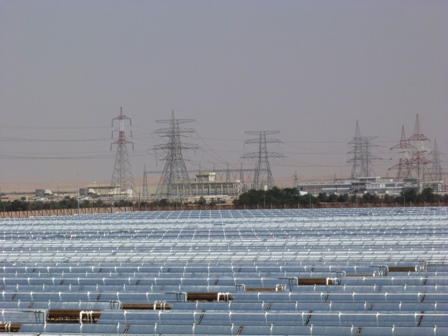

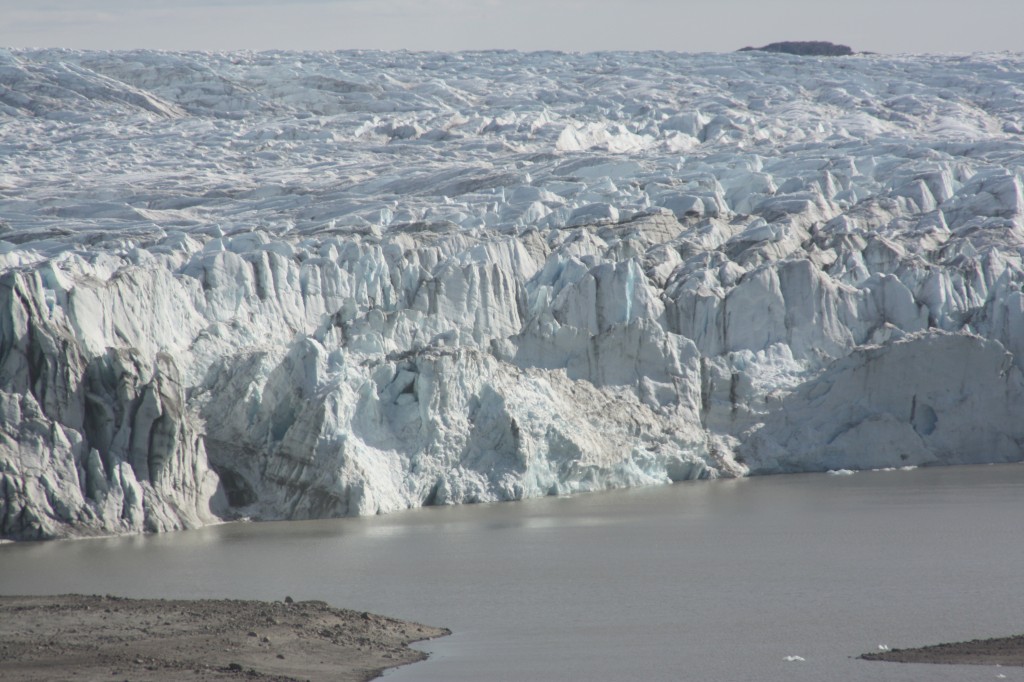
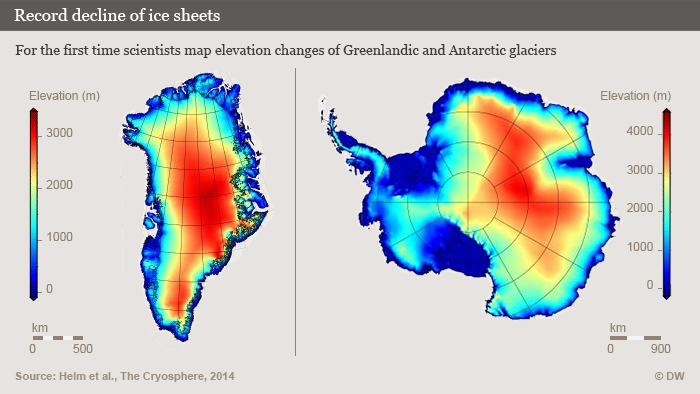
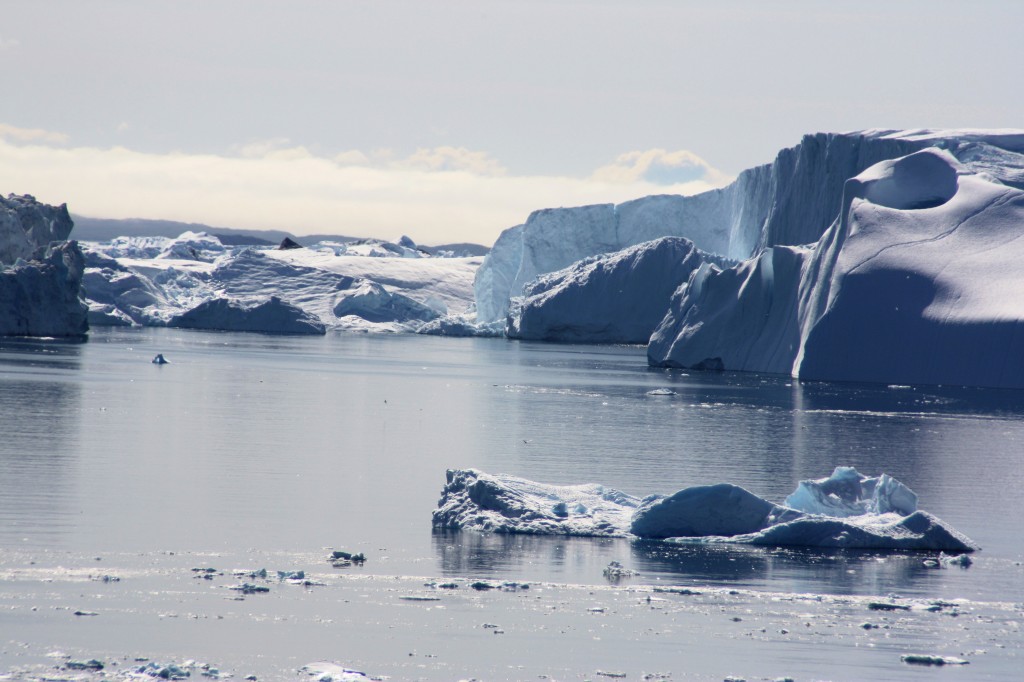
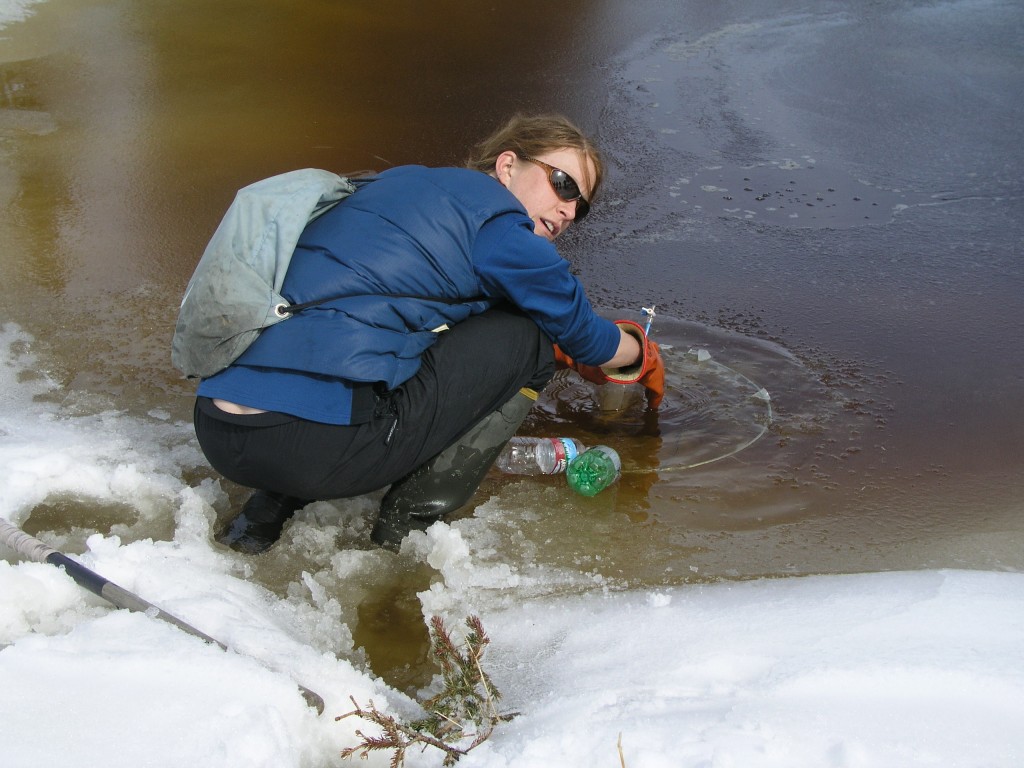
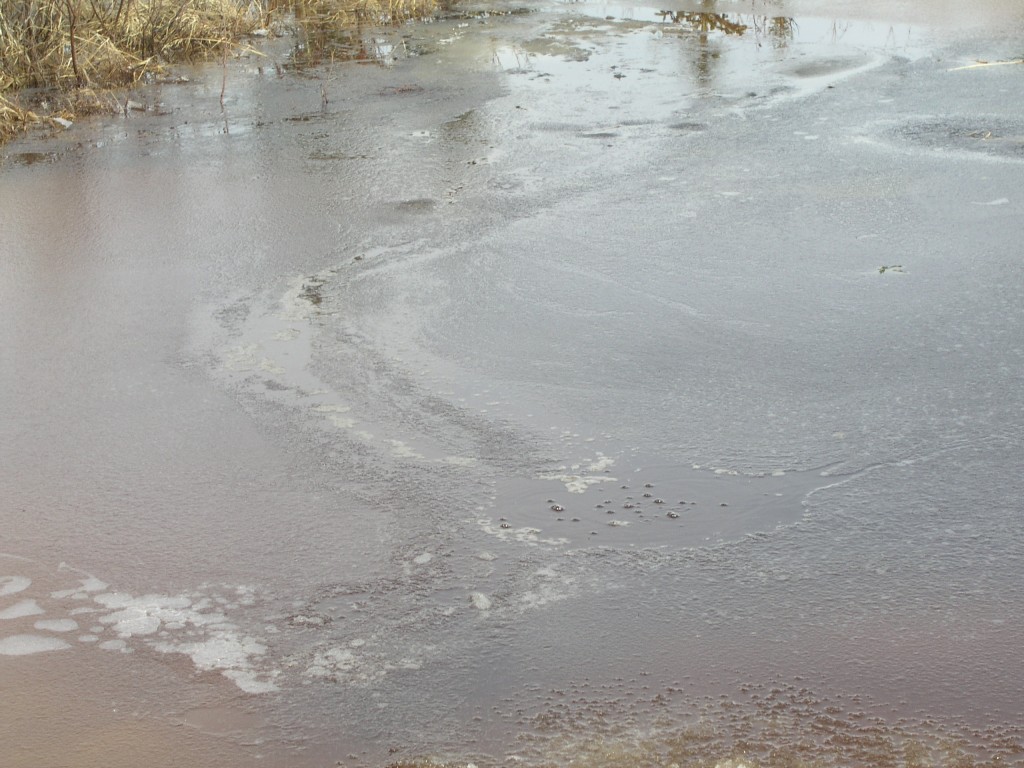
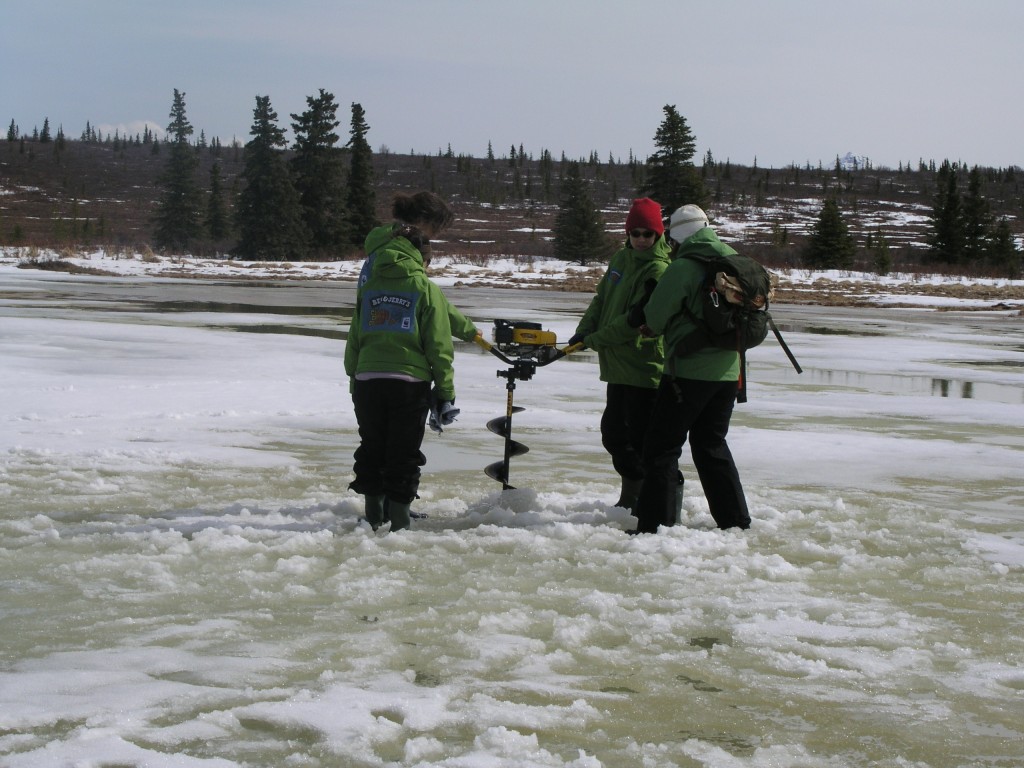












Feedback